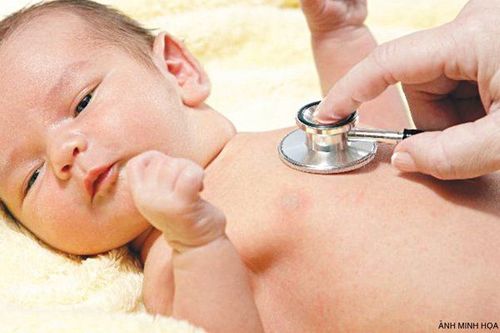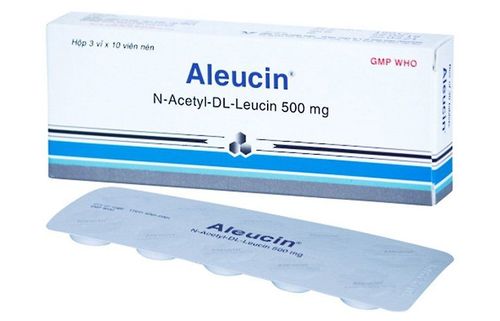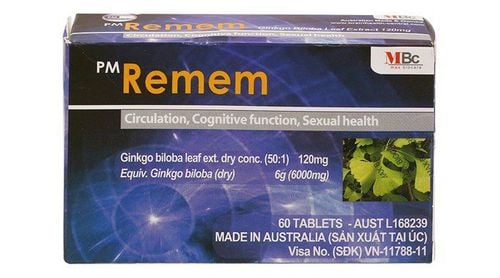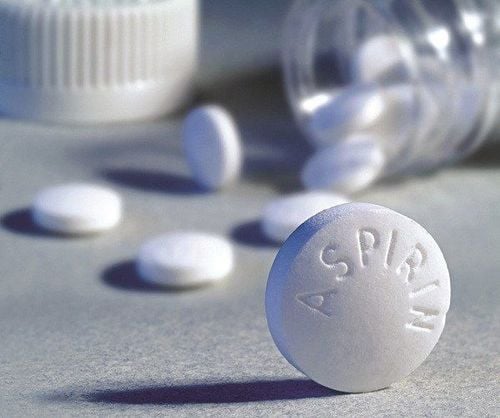This is an automatically translated article.
The article was written by Specialist Doctor II Pham Tien Ngoc - Emergency Doctor, Emergency Department - Vinmec Central Park International HospitalA stroke usually has a sudden onset. The patient is working, normal activities suddenly appear symptoms of focal nerve damage such as difficulty speaking, facial paralysis, paralysis of hands and feet.
1. Signs and symptoms that the patient may have a brain stroke
Face paralysis: mouth is deviated to one side, nasolabial folds are blurred. Weakness, paralysis of arms (Arm) or legs: unable to hold, grasp, walk. Speech disorder (Speech): sudden disturbance of speech, inability to speak or unclear speech. Time of illness: when experiencing the above symptoms, call an ambulance immediately, the patient needs to remember the time of disease onset to notify the medical staff.
Other symptoms include: Sudden blurring, reduction, or loss of vision in one or both eyes. Dizziness, loss of balance, or loss of coordination. Sudden severe headache with no known cause...
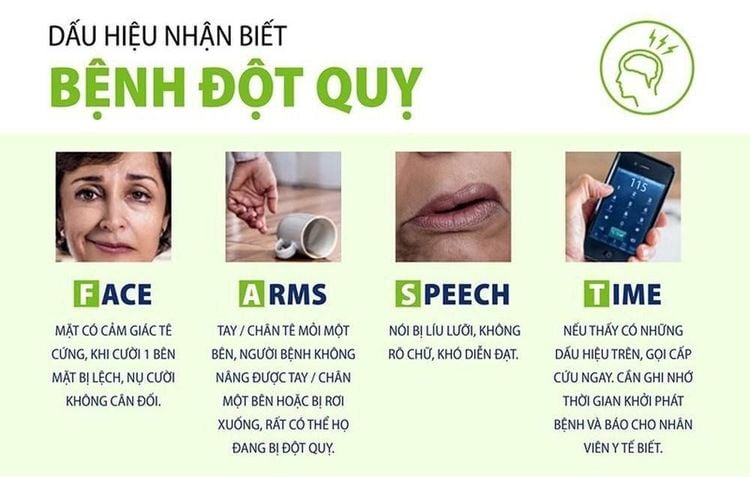
Các dấu hiệu, triệu chứng có thể bệnh nhân bị đột quỵ não
2. Emergency treatment of cerebrovascular occlusion
What to do while waiting for an ambulance: If the patient is awake: lay on his side, head about 30-45 degrees, do not feed, or drink anything, remove objects or wipe sputum in mouth can cause breathing difficulties, if the patient is paralyzed, when transporting need help and lying on the non-paralytic side, call the nearest medical facility. If the patient is lethargic: check the pulse, breathing, put the patient to lie on the non-paralytic side, slightly raise the head, call the nearest medical facility. If the patient is comatose: if the pulse is not visible or breathing stops, perform chest compressions, and immediately call a medical facility for instructions on how to handle circulatory arrest, transport to a medical facility. closest to processing.
Emergency treatment methods for cerebral embolism (at a hospital with a stroke unit): the purpose of early recanalization of blocked blood vessels to save the cerebral infarction area, currently there are 2 basic measures: thrombolytic drugs and endovascular intervention to remove thromboembolism. Treatment of thrombolysis with intravenous drugs (requires a golden time to manage from symptom onset to hospital admission 4.5 hours), intravenous drugs < 6 hours, especially in some cases In special cases the treatment window may be longer. Collecting thrombi with mechanical tools: Penumbra thrombosis suction system, MERCI spiral, stent-shaped instruments such as Solitaire, Trevo,... Surgical treatment of hemorrhagic stroke.
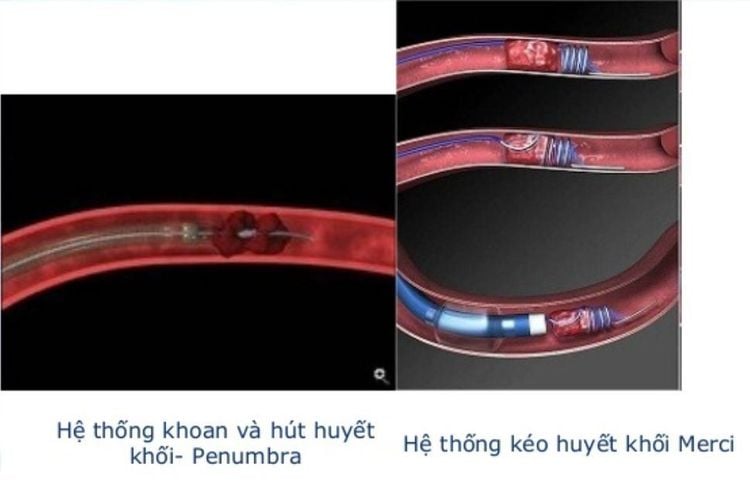
Người bệnh có thể được lấy huyết khối bằng dụng cụ cơ học
3. Complications may occur when treating cerebral vascular occlusion caused by stroke
Complications when taking thrombolytic drugs: after taking thrombolytic drugs, it is necessary to closely monitor in the intensive care unit, possible complications of cerebral hemorrhage (headache, nausea, worsening consciousness), Hypersensitivity reactions (rash, urticaria, bronchospasm, angioedema, hypotension,...) Complications of thrombectomy with instruments: complications, complications from mild to severe during the procedure performed and the post-intervention period may occur, worsening the patient's neurological status, even death: aneurysm perforation, thromboembolism, vasospasm and worsening cerebral edema after bleeding. Subarachnoid haemorrhage and post-implantation of the aneurysm with a metal helix is a serious complication and high mortality. To prevent brain stroke as well as possible dangerous complications, we should perform early screening at reputable centers - hospitals. Currently, Magnetic Resonance Imaging - MRI/MRA is considered a "golden" tool to screen for brain stroke. MRI is used to check the condition of most organs in the body, especially valuable in detailed imaging of the brain or spinal nerves. Due to the good contrast and resolution, MRI images allow to detect abnormalities hidden behind bone layers that are difficult to recognize with other imaging methods. MRI can give more accurate results than X-ray techniques (except for DSA angiography) in diagnosing brain diseases, cardiovascular diseases, strokes,... Moreover, the process MRI scans do not cause side effects like X-rays or computed tomography (CT) scans.\
Vinmec International General Hospital currently owns a 3.0 Tesla MRI system equipped with state-of-the-art equipment by GE. Healthcare (USA) with high image quality, allows comprehensive assessment, does not miss the injury but reduces the time taken to take pictures. Silent technology helps to reduce noise, create comfort and reduce stress for the client during the shooting process, resulting in better image quality and shorter imaging time. With the state-of-the-art MRI system With the application of modern methods of cerebral vascular intervention, a team of experienced and well-trained neurologists and radiologists, Vinmec is a prestigious address for stroke risk screening and screening. reliable goods.
In the past time; Vinmec has successfully treated many cases of stroke in a timely manner, leaving no sequelae: saving the life of a patient suffering from 2 consecutive strokes; Responding to foreign female tourists to escape the "death door" of a stroke;...
Please dial HOTLINE for more information or register for an appointment HERE. Download MyVinmec app to make appointments faster and to manage your bookings easily.




